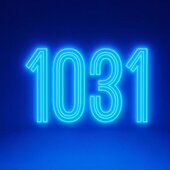Sorry for the bad explanation.
When inserting an articulation, click the "C" at the top of the right pane of the dialog to bring it into focus.
And you can jump to the beginning of the code group whose root note is "C#" by pressing the page down key.
In this way, every time you press the page down key, you can move the root note by semitones.
Using this characteristic, for example, when you want to select the chord "Gm7-5", focus on "Cm7-5" and press the page down key 7 times to move the focus to "Gm7-5".
It is difficult to explain and I am not good at English, so I am worried whether I will be understood.


